Commercial Vehicle Accident Procedures
Updated May 1, 2024 . AmFam Team
The management of any motor vehicle fleet, irrespective of size or type, hopes that drivers are trained well enough to avoid becoming involved in an accident. However, as there is no way to guarantee that an accident will not occur, proper procedures to follow in the event of an accident should be established and drivers thoroughly trained as to their responsibilities.
A driver may be under extreme stress at the accident scene and, since his/her initial actions are often critical to minimizing the effects of the accident, the procedures to follow should be clear and concise. To facilitate this, an information packet containing instructions and forms for use in the event of an accident should be carried in the vehicle.
This report provides recommendations for general procedures for drivers to follow after an accident, including conduct at the scene of the accident and completing a preliminary accident report.
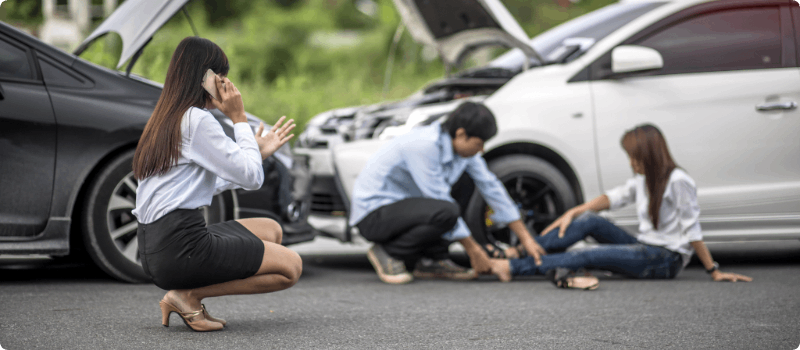
Driver Conduct at the Scene of an Accident
The basic steps that the driver should perform at the accident scene are as follows:
- Stop immediately and secure the vehicle (shut off the engine and set the brakes).
- Protect the area by properly placing emergency warning devices.
- Assist any injured person (the driver should never move an injured person unless they are in imminent danger).
- Notify the police (the driver should not leave the scene of the accident except in extreme emergency situations; if necessary, the driver should write down the accident location and assistance needed, and request that a bystander make the call).
- Maintain a professional demeanor, regardless of who was at fault.
- Provide his/her name, the company’s name, insurance policy information, and driver's license to the other party(ies). The driver should not discuss details of the accident with anyone except his/her employer, police, or the company's insurance representative.
- Complete a preliminary accident report.
- Report the accident to the motor carrier.
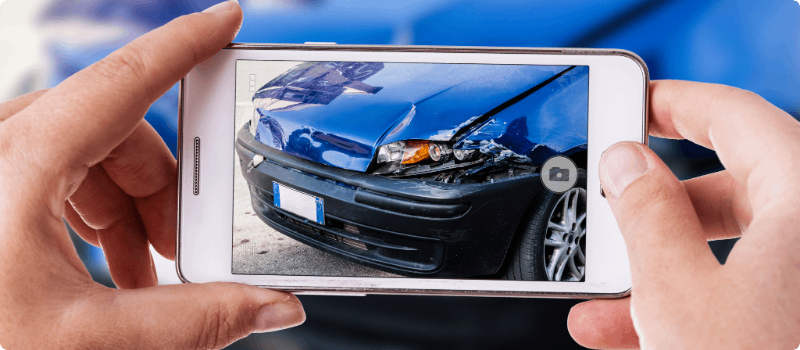
What to Include in a Preliminary Accident Report
An accident report form for gathering preliminary information, following an accident, should be in each vehicle. The following items should be included in a preliminary accident report form:
Background
- Date
- Time
- Location
- Accident description: The driver should include approximate speed of vehicles, weather and road conditions, and any other pertinent information.
- Accident-scene diagram: The driver should sketch the position of vehicles (e.g., direction of travel) on the form.
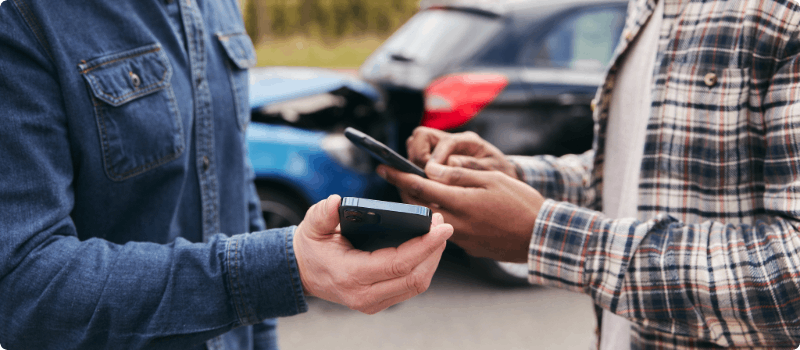
Other Driver(s)
- Name of driver, his/her address, driver's license number and issuing State
- Vehicle license number and issuing State, vehicle type and make and year manufactured for any involved vehicle(s)
- Name of insurance carrier, address and policy number of involved vehicle(s)
- Description of damage to vehicle
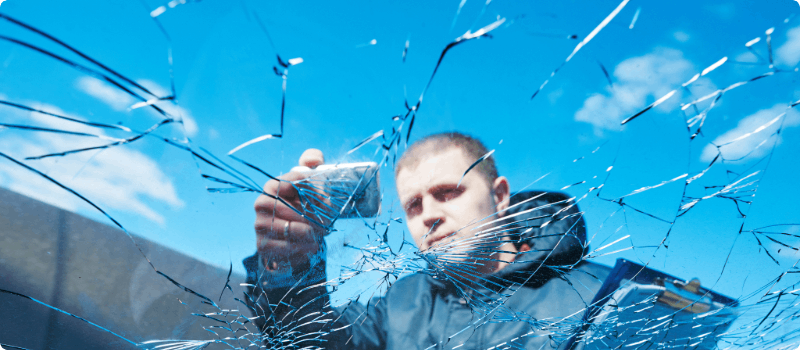
Damage to Property of Others
- Name and address of property owner
- Description of damage to property

Injured Person(s)
- Name and address of the injured person(s), and description of injury
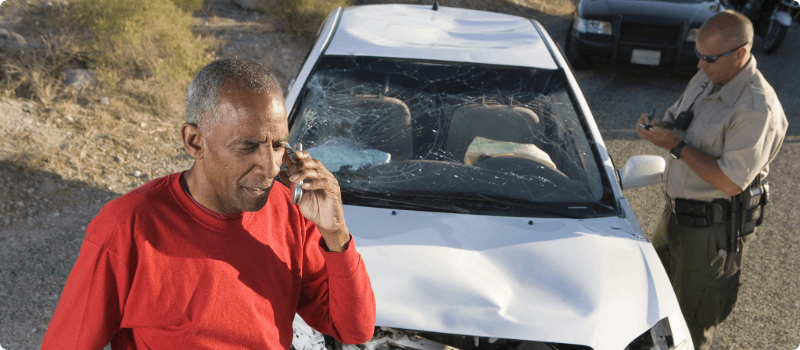
Other Information
- If there was a witness, the name and address of the witness, and notation of any comments made
- Where police respond, the name, badge number, and department location of the officer taking the report
- After completion, the driver should sign the preliminary accident report
For more information on commercial vehicles and tips on protecting your business, visit the American Family Insurance Loss Control Resource Center.
This article is for informational purposes only. The information is widely available through different sources. This information does not, and is not intended to, constitute legal advice. Compliance does not guarantee conformity with building codes, or federal, state, or local laws and regulations, nor does it guarantee coverage.
The loss control services listed above follow generally accepted safety standards. Compliance does not guarantee that you will be in conformance with any building code, or federal, state, or local regulations regarding safety or fire. Compliance does not ensure the absolute safety of your operations or place of business.
Tools & Resources
NextScripts
JSS component is missing React implementation. See the developer console for more information.

